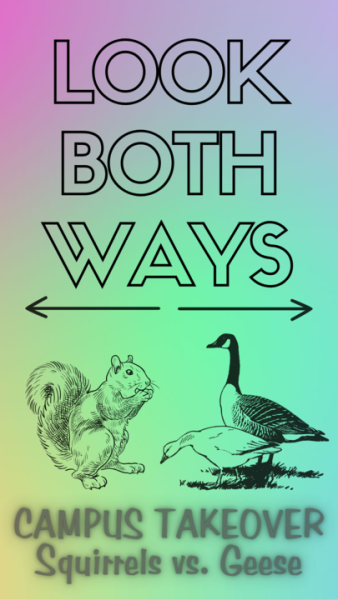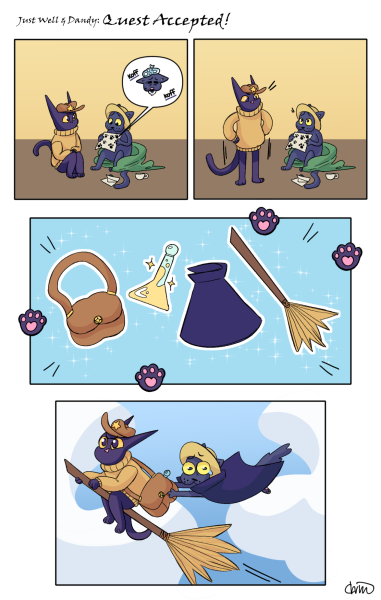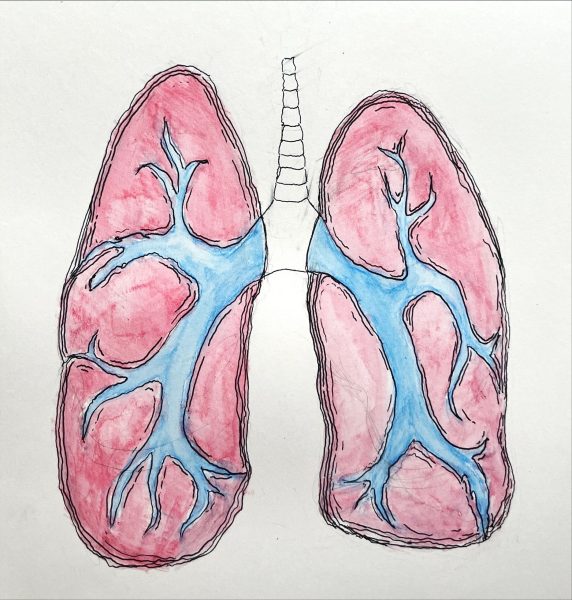Healthy diets easy, but take commitment
September 24, 2013
I believe many Americans think they aren’t fixing an issue unless they throw money at it, but there’s no reason to spend a lot to eat healthy.
The key to making a change is free; it simply involves making a serious mental commitment. At that point nothing should stop someone from achieving their goal, but acquiring the right knowledge to do so may be the tricky part.
When it comes to changing dietary habits, a nutritionist is a great way to acquire the necessary information, and visiting one can be as easy as stopping by the grocery store.
Hy-Vee offers the services of a registered dietitian free of charge to its customers. I went there and spoke with Lisa Brandt, a Hy-Vee registered dietitian and licensed dietitian nutritionist.
“I’d ask them what are their goals: Lose weight? Manager cholesterol?” Brandt said. “Then we’d go through the aisles and find items … more fiber, flax seed, chia seeds, whatever they need.”
Brandt said anyone who is looking to improve his or her health can benefit from this service, which includes an explanation of how to get the most out of label reading.
If you want further help, there’s a private consultation option for $60 that even includes a personalized menu for customers.
An in-depth dietary analysis is one of the most common tools used by nutritionists to evaluate the eating habits of their customers. If a person does not want to go to a nutritionist, this analysis is a very simple thing anyone can do at home. It’s another great way to get on a healthier eating course.
SuperTracker, which is available through the U.S. Department of Agriculture’s choosemyplate.gov, allows its users to easily keep track of everything they eat for a certain period of time.
Three days is the typical tracking period, and it is recommended a weekend be included as one of those days since that’s when people tend to eat differently.
Once this analysis is complete, specific areas of excess or deficiency are identified and changes can be made to meet nutrient standards. Because it’s not realistic and probably unnecessary to make changes across the board in your diet, this method is a great way to identify a few foods you can add or remove from a typical day.
The analysis involves not only writing down what you ate but also how much you ate. Martha O’Gorman, NIU registered dietitian, explained to me how there are difficulties related to portion size and getting calories right for each individual when using online programs. One-on-one consultations with a dietetic intern are available through Nutrition and Wellness, which is located in the Campus Recreation Center. Everyone should care enough about their health to analyze their diet. Seeking the advice of an expert is a smart and cost-effective idea, although it is possible to go it alone, too.
Thomas Edison once said, “The doctor of the future will no longer treat the human frame with drugs, but rather will cure and prevent disease with nutrition.”
Although I don’t think food can ever take the place of medical innovation when it comes to curing disease, it has been and probably always will be a more valuable means for preventing disease.
You know what they say: Prevention is always better than finding a cure.












